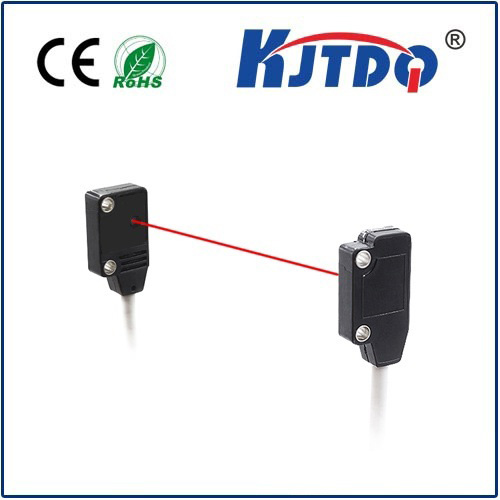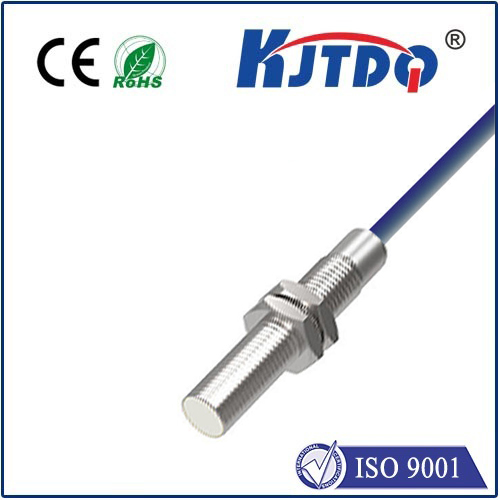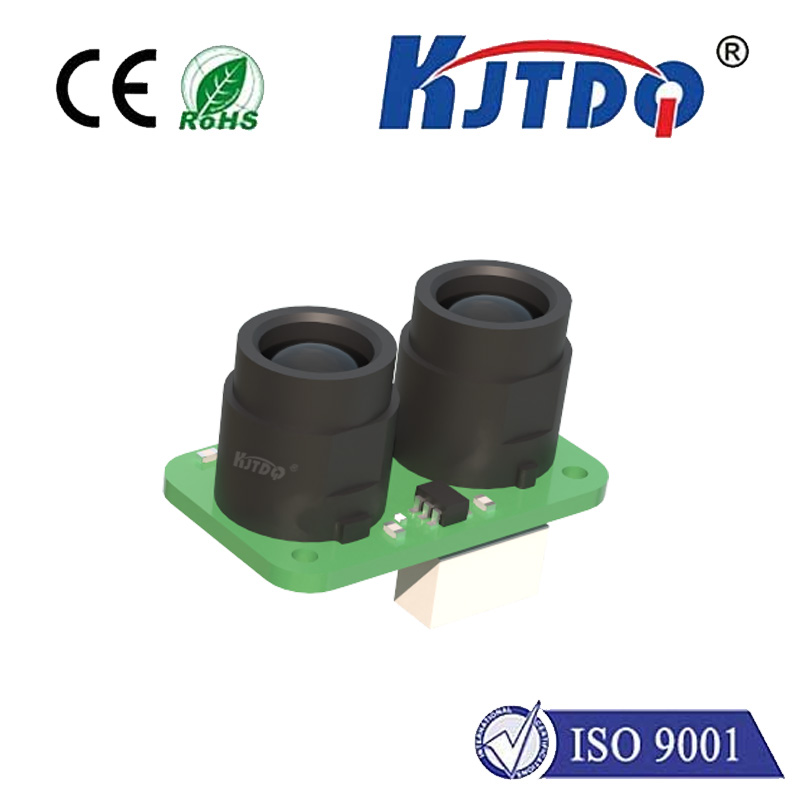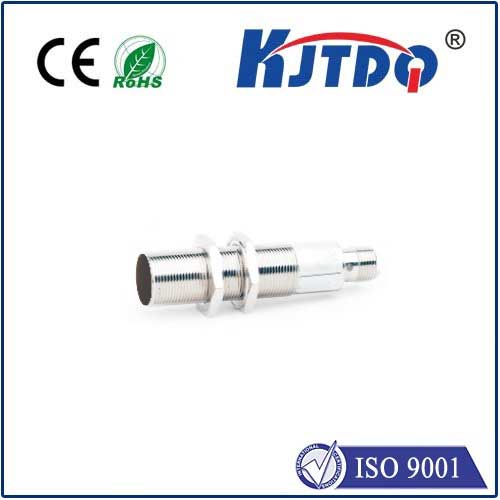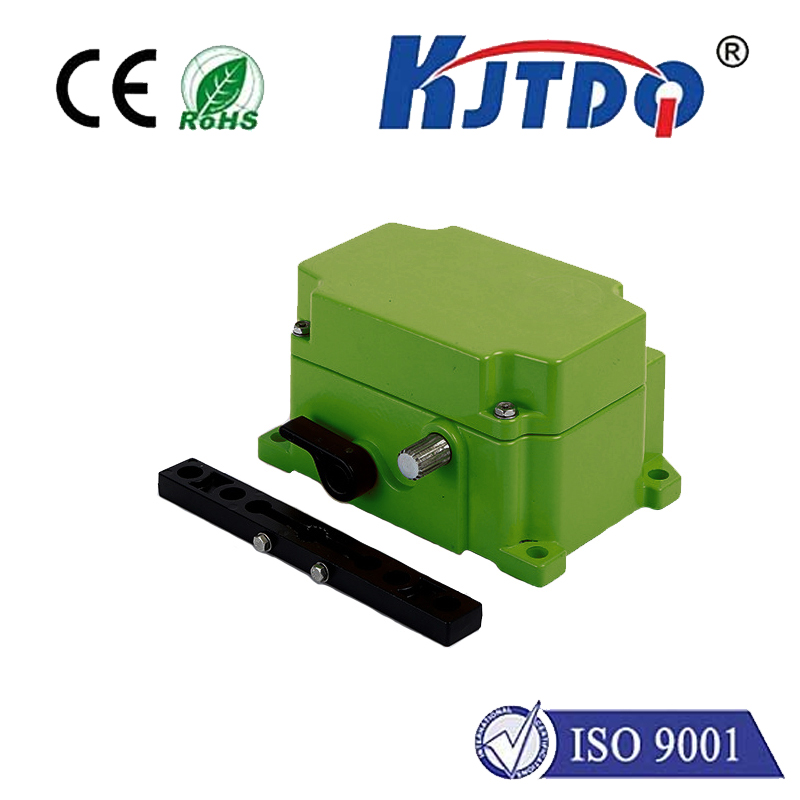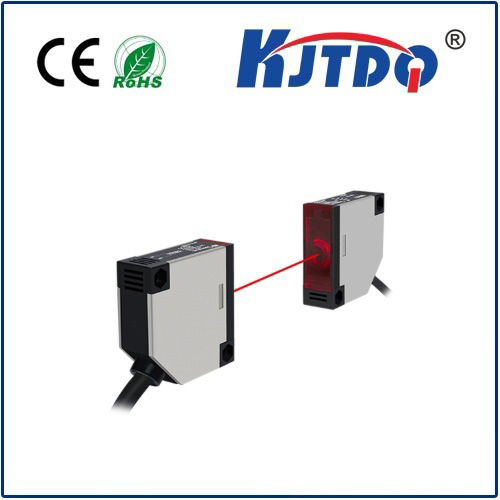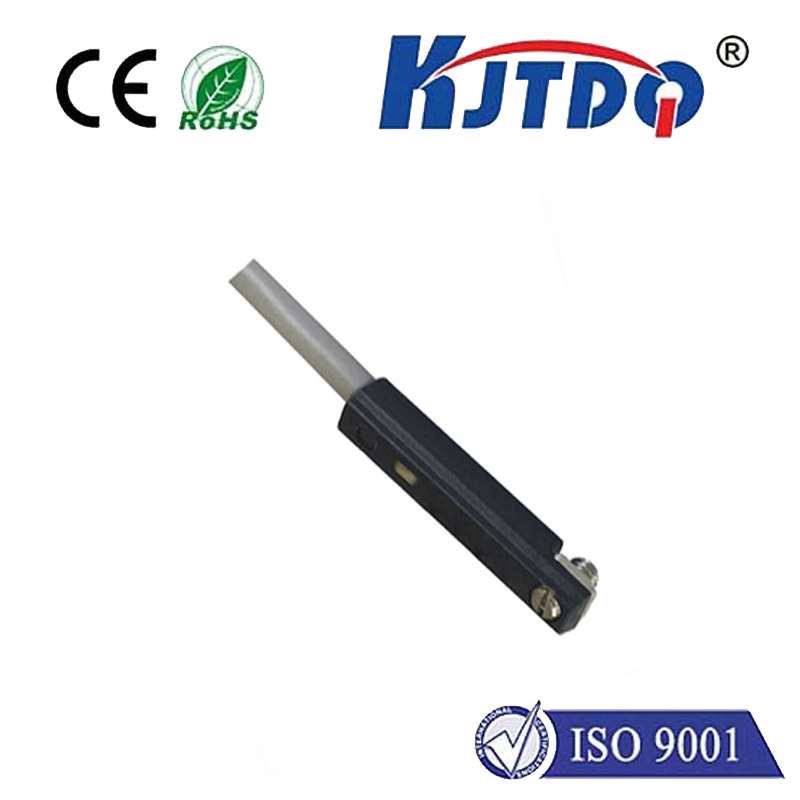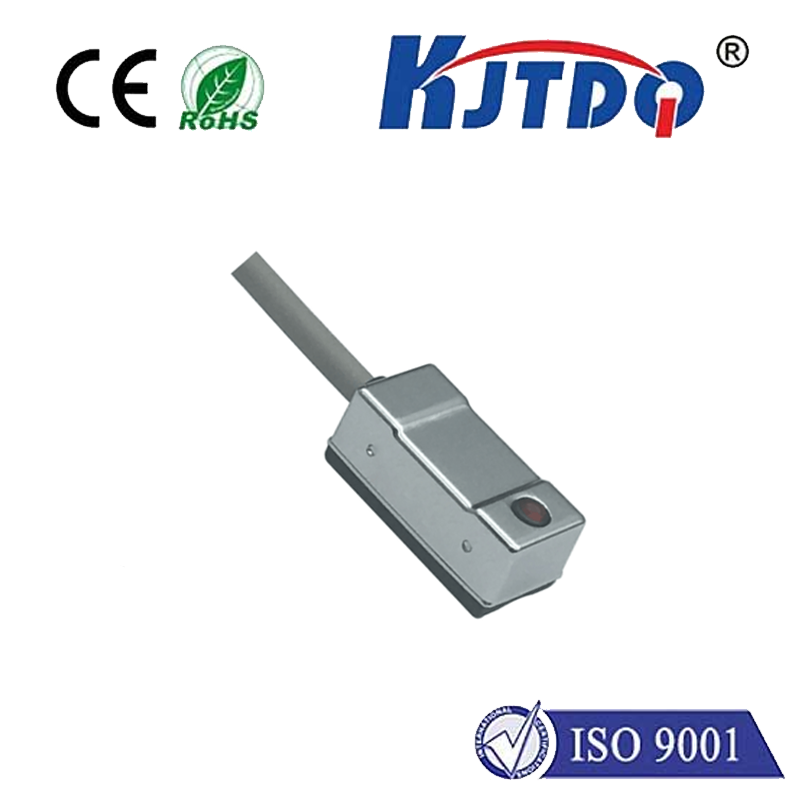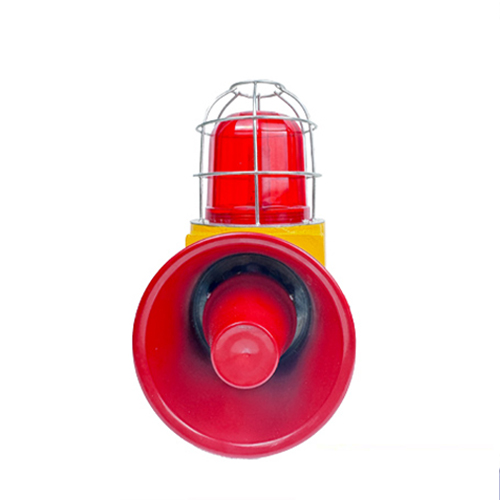температурный ограничитель
- time:2025-08-07 00:55:37
- Нажмите:0
Temperature Limit Switch: Your Essential Safety Guardian Against Overheating
Imagine coming home on a frigid winter day, expecting cozy warmth, only to find your heating system has turned into a potential hazard. The boiler is roaring, surfaces are dangerously hot, and panic sets in. This nightmare scenario is precisely what a Temperature Limit Switch is designed to prevent. Often an unsung hero within heating and industrial systems, this critical component acts as a fail-safe, an independent sentinel constantly monitoring temperature to avert disaster. Understanding its function is paramount for safety, efficiency, and peace of mind.
What Exactly is a Temperature Limit Switch?
At its core, a temperature limit switch (also known as a high-limit switch or safety limit switch) is an electromechanical safety device. Its primary mission is simple yet vital: to monitor temperature continuously and interrupt an electrical circuit if the measured temperature surpasses a predetermined safety threshold. Unlike a thermostat which regulates temperature within a desired range, the limit switch acts as an absolute safety backup, stepping in only when conditions become potentially dangerous or damaging. Think of it as the emergency brake for your heating system or appliance.
The Crucial Mechanics: How Does it Protect Your System?

Operation relies on a straightforward principle involving a temperature-sensing element and a switch mechanism:
- The Sensor: This is the frontline component, typically a bimetallic strip or a temperature probe filled with an expanding fluid or gas. It’s strategically placed where critical temperature must be controlled, like near the heat exchanger in a boiler or furnace.
- Expansion is Key: As temperature increases, the sensing element physically changes. A bimetallic strip, made of two bonded metals with different expansion rates, will bend. A fluid-filled probe will expand, increasing pressure.
- Tripping the Switch: This physical change (bending or pressure rise) directly or indirectly activates a mechanical switch. When the preset high-limit temperature is reached, the switch mechanism snaps open (or sometimes closed, depending on design - Открыть is common for safety circuits), breaking the electrical circuit supplying power to the heating element, burner, fuel valve, motor, or other critical component.
- The Shutdown: This circuit interruption forces the heat source to shut down immediately, halting any further temperature rise. It’s a definitive action designed to prevent overheating, potential fire hazards, equipment damage, or even system explosions.
Where is the Temperature Limit Switch Indispensable?
The applications for these vital safety devices are extensive, spanning residential, commercial, and industrial domains:
- Residential and Commercial Heating Systems: Found in gas furnaces, oil boilers, electric heat pumps, water heaters, and baseboard heaters. It acts as the last line of defense if the main thermostat fails, airflow becomes restricted (e.g., clogged filter), or a pump/valve malfunctions.
- HVAC Equipment: Protects air handling units, duct heaters, and rooftop units from overheating due to fan failures or control system errors.
- Industrial Processes: Used in ovens, kilns, dryers, plastic molding machines, chemical reactors, and engine cooling systems to prevent catastrophic overheating and protect personnel.
- Appliances: Incorporated into clothes dryers, coffee makers, commercial cooking equipment (deep fryers, griddles), and refrigeration units.
- Electronics Enclosures: Prevents sensitive electronic components from exceeding their safe operating temperatures due to cooling fan failure or high ambient heat.
Why is This Small Device So Critically Important? The Key Benefits
- Prevents Fires: This is arguably its most vital function. By shutting down heat sources before temperatures reach ignition points of nearby materials, it dramatically reduces fire risk.
- Protects Equipment: Overheating can warp metals, melt wiring, damage insulation, fry electronic controls, and cause premature failure of expensive components like heat exchangers or motors. The limit switch minimizes costly repairs or replacements.
- Enhances System Longevity: By preventing extreme thermal stress, the overall lifespan of the equipment is significantly extended.
- Ensures Operational Safety: Guards against dangerous steam releases, scalding water, or explosions in pressurized systems. This protects both occupants and maintenance personnel.
- Provides a Fail-Safe Mechanism: Acts independently of the primary temperature control system (thermostat). If the thermostat sticks “on,” the limit switch remains the reliable backup to prevent runaway heating.
Selecting and Maintaining Your Safety Sentinel
Choosing the right temperature limit switch involves several factors:
- Temperature Range: It must activate reliably at the required safety cut-off point for your specific application.
- Sensor Type: Bimetal is common and robust; capillary bulbs offer remote sensing possibilities.
- Electrical Rating: Must handle the voltage and current (amps) of the circuit it controls.
- Reset Mechanism: Manual reset vs. automatic reset.
- Manual Reset: Requires physical intervention (e.g., pressing a button) after tripping. This is the gold standard for safety in critical applications like residential heating. It forces investigation into the cause of the overheating before the system can restart, preventing a dangerous cycle of repeated tripping.
- Automatic Reset: Resets itself once temperature drops below the set point. Used where nuisance trips are unlikely and immediate restart isn’t hazardous, but offers less inherent safety forcing diagnosis.
- Environmental Factors: Consider vibration, moisture, and chemical exposure.
Maintenance is non-negotiable:
- Regular Inspection: Visually check for signs of damage, corrosion, or contamination (dirt, grease) that could hinder the sensor or switch mechanism.
- Testing (By Professionals): HVAC technicians often test limit switch operation during annual system tune-ups. Never bypass a tripped switch – this is extremely dangerous and removes the critical safety layer.
- Replacement: If a switch fails to operate correctly or trips repeatedly, it must be replaced promptly with an exact match specified by the equipment manufacturer. Using an incorrect switch compromises safety.
Don’t underestimate the critical role of the humble температурный ограничитель. Its quiet vigilance is the cornerstone of protection in countless systems we rely on daily. While rarely thought about when things are running smoothly, its prompt and decisive action is what prevents minor malfunctions from escalating into catastrophic events. Ensuring this essential safety device is correctly selected, properly installed, and well-maintained isn’t just good practice – it’s fundamental to safeguarding property, preventing injury, and achieving operational peace of mind.

